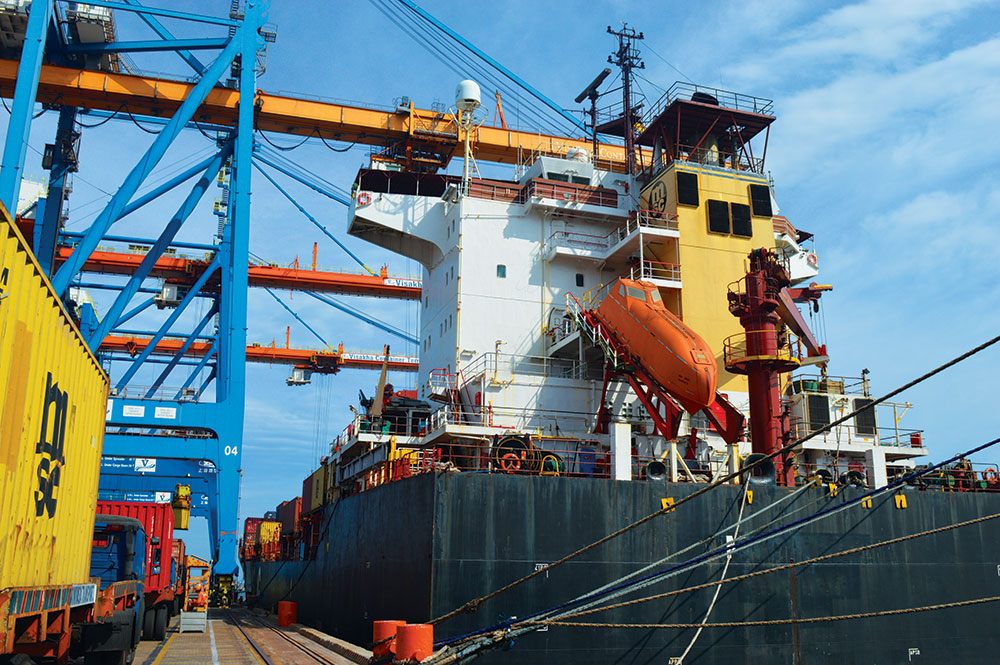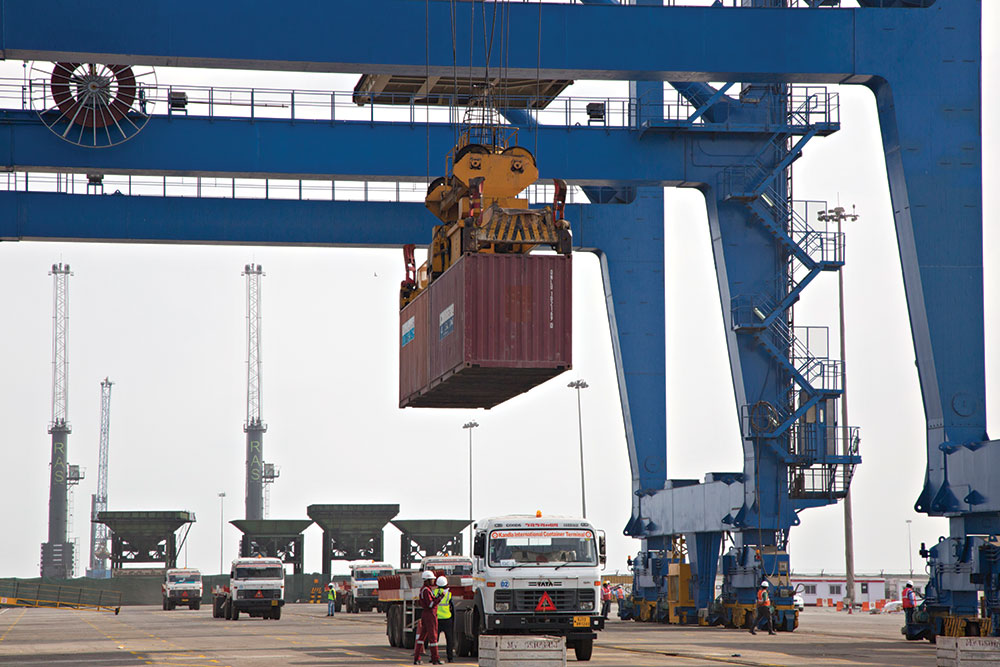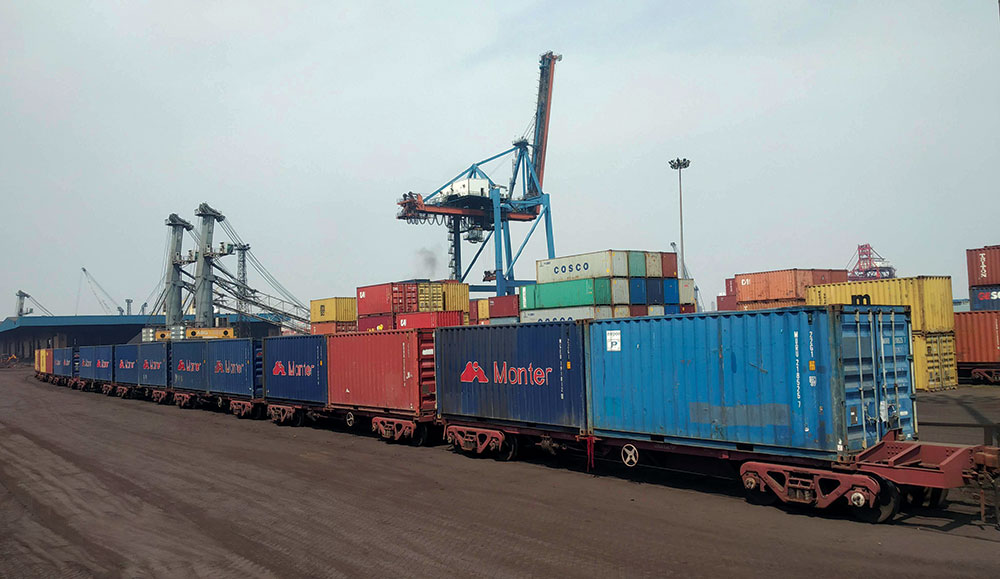India is setting itself up to become a $5 trillion economy, and infrastructure development will play an important role in this endeavour. The Gati Shakti National Master Plan for multi- modal connectivity, is the result of the Prime Minister’s constant endeavour to build the country’s next-generation infrastructure which improves ease of living, as well as ease of doing business. This type of multi-modal connectivity will provide integrated and seamless connectivity for movement of people, goods and services from one mode of transport to another. It will create multiple employment opportunities and give the economy a boost. It will improve the global competitiveness of local products by cutting down logistic costs and improving supply chains, and also ensure proper linkages for local industries and consumers. Gati Shakti incorporates infrastructure schemes of various ministries and state governments like Bharatmala, Sagarmala, inland waterways, dry/ land ports, UDAN etc. Economic zones like textile clusters, pharmaceutical clusters, defence corridors, electronic parks, industrial corridors, fishing clusters, agri zones will be covered to improve connectivity and make Indian businesses more competitive.
Gati Shakti seeks to use technologies like Geographic Information System (GIS)-based Enterprise Resource Planning (ERP) with multiple layers of evidence-based decision-making, besides tools for route planning, dashboard-based periodic monitoring and latest satellite imagery.
Expected to be ready by March end, Bhaskaracharya National Institute for Space Applications and Geoinformatics (BiSAG-N) is designing this interface. It also uses satellite imagery available from the Indian Space Research Organisation (ISRO) and base maps from the Survey of India. Visualisation of BISAG maps will be available to people at large including the private sector, thus bringing efficiency. More than 400 data layers are now available on the portal which give information on not just the existing and proposed infrastructure projects, but also on forest land and available industrial estate.

- The 6 pillars of the plan are
Comprehensiveness : Aimed to include all ministries and departments on one centralised portal, to increase visibility and provide critical data for planning and execution of projects.
Prioritisation : Different departments will be able to prioritise projects through cross–sectoral interactions.
Optimization : The National Master Plan will assist different ministries in planning projects after identification of critical gaps. It will also put strategy in place for transportation of goods from one place to another, by selecting the most optimum route in terms of time and cost.
Synchronisation : Eliminate siloed cultures adopted by individual ministries and departments by synchronising the activities of each department, and different layers of governance to ensure seamless coordination.

Analytical : Planning entire data at one place with the GIS based spatial planning and analytical tools having multiple layers, enabling better visibility to the executing agency.
Dynamic : All ministries and departments will now be able to dynamically visualise, review and monitor the progress of cross-sectoral projects, through the GIS platform, as the satellite imagery will give on-ground progress periodically and progress of the projects will be updated on a regular basis on the portal. It will help in identifying the vital interventions for enhancing and updating the master plan.
The Gati Shakti national master plan, spruced by seven engines of infrastructure - roads, railways, airports, ports, mass transport, waterways, and logistics infrastructure, will go a long way in developing a multi-modal network to create world-class infrastructure with full support on planning, financing, innovation and technology.
Given that ports are key engines for economic growth, Gati Shakti also includes the development of 100 PM Gati Shakti Cargo Terminals (GCT) between 2022 to 2025. Here are some key take aways for terminals:-
- All new as well as under construction / under approval cargo terminals will be covered under this policy
- Existing sidings/ terminals can also migrate to this policy
- Unlike in earlier terminal development policies, no development charges need to paid under this policy when the entire land belongs to the private entity. These were 4 percent of the cost of the rail yard planned
- No lease charges are payable for the portion of land given for rail connectivity. Earlier these were payable as per applicable rules.
- No charges recoverable from the PPP partner for infrastructure upgradations done at the station for common use. Earlier these were recovered from the PPP partner developing the terminal on their land.
- The Indian Railways can give connectivity permission to more than one entity from the same station.
- Terminals can be set-up either partially or completely on railway land. In such cases the various divisions of the Indian Railways shall identify stations where land is available to offer. Post this, concerned divisions will issue an expression of interest (EOI). Once responses are received for stations these will be tendered out to the bidders offering to share the highest revenue with the Indian Railways. The initial tenure of such terminals will be 5 years, which can be extended by further periods of 5 years up to a maximum of 35 years.
